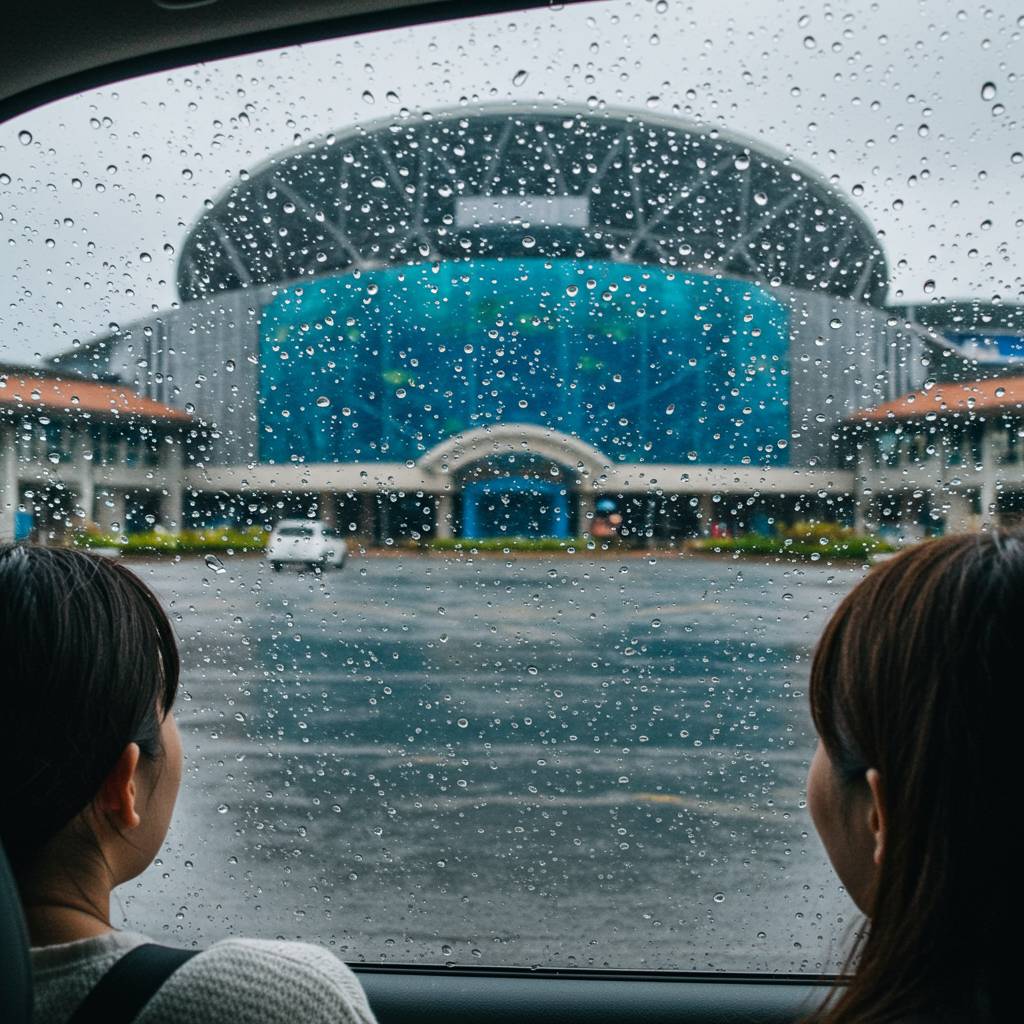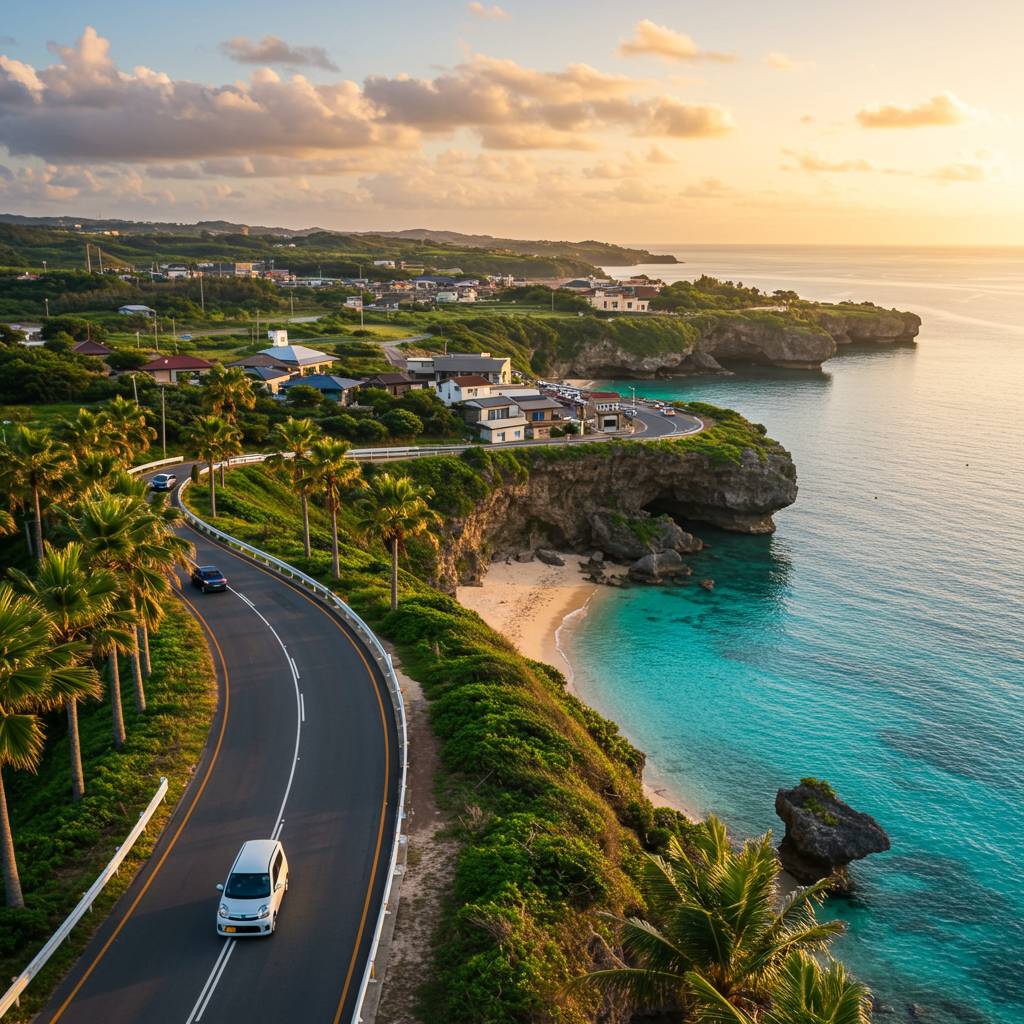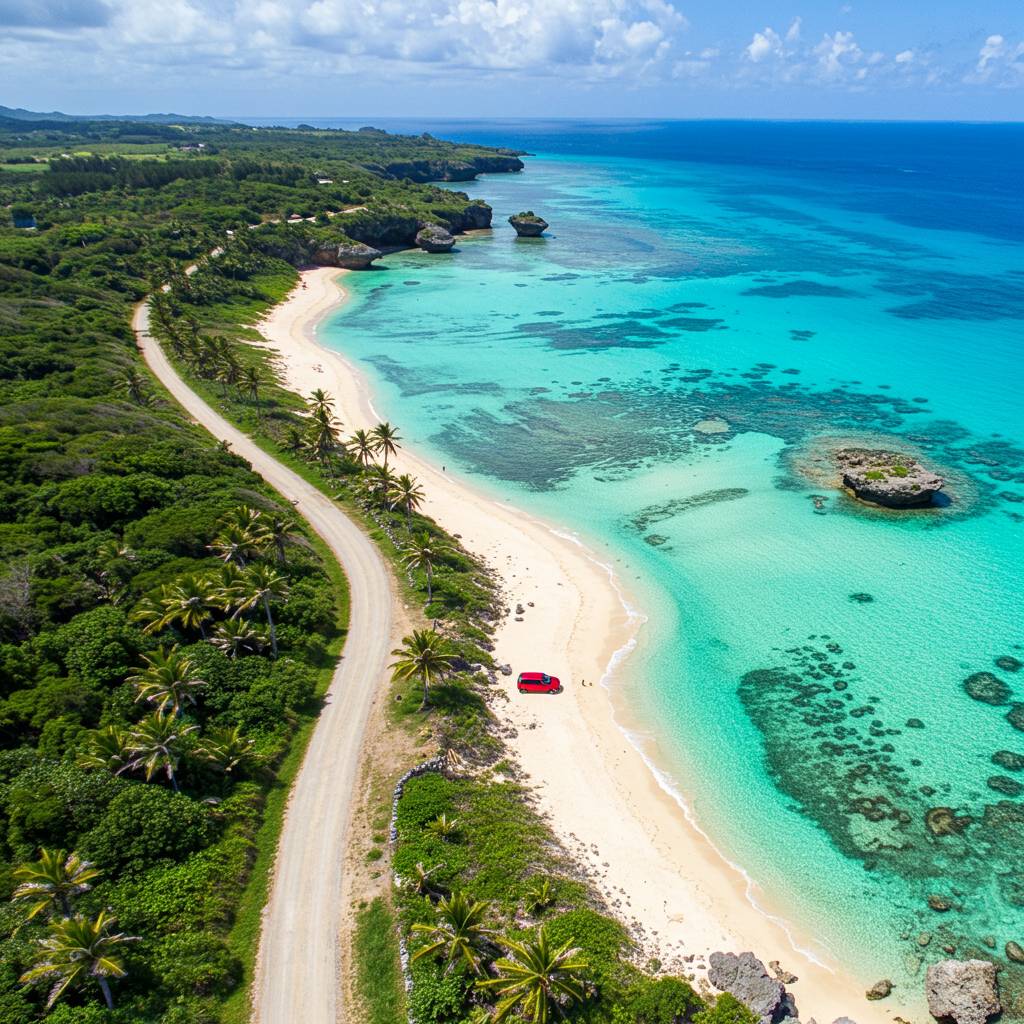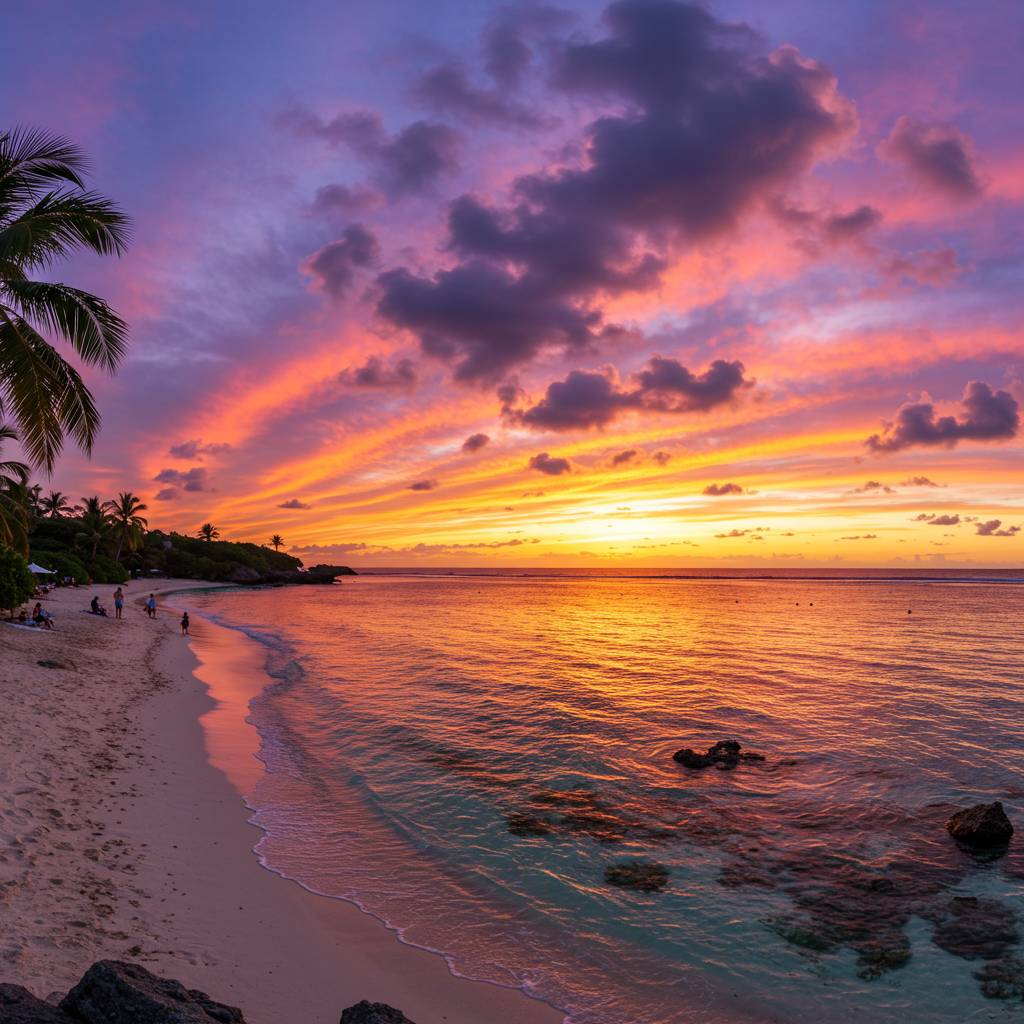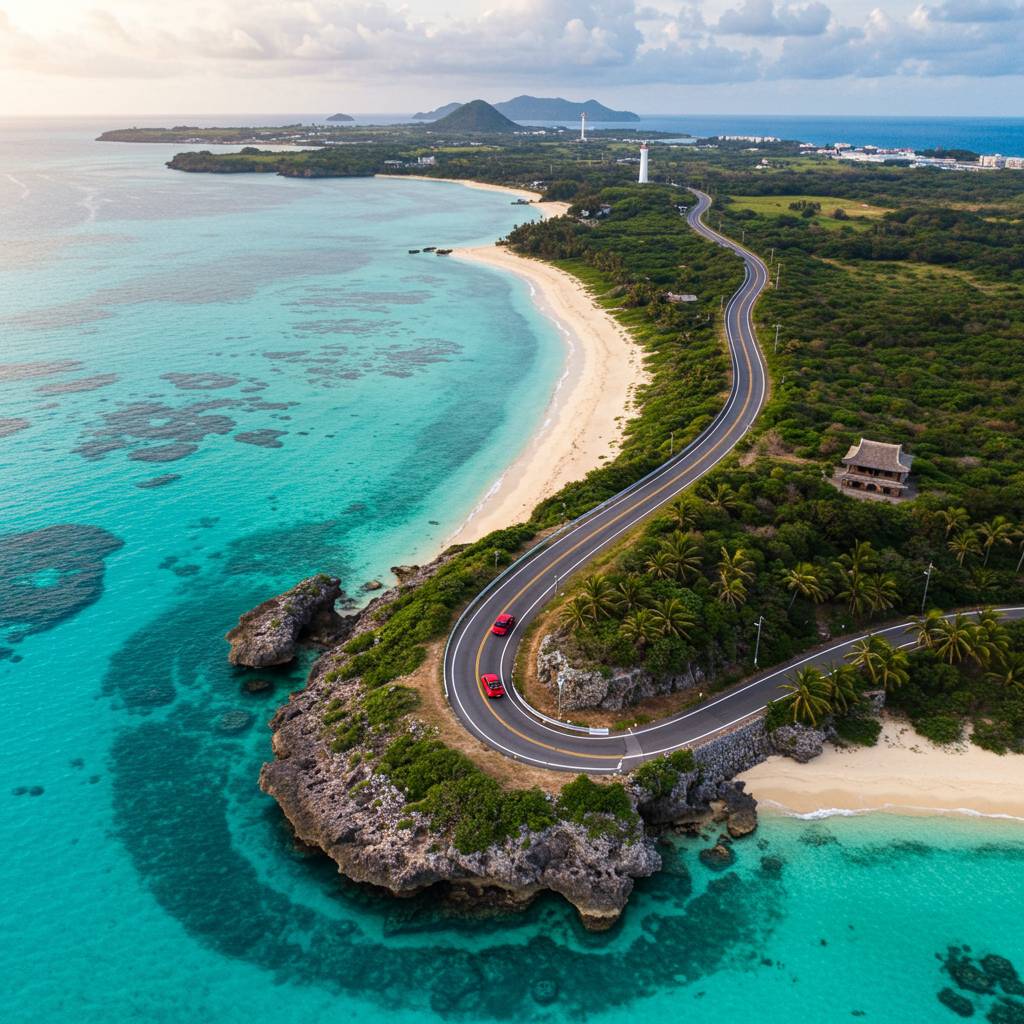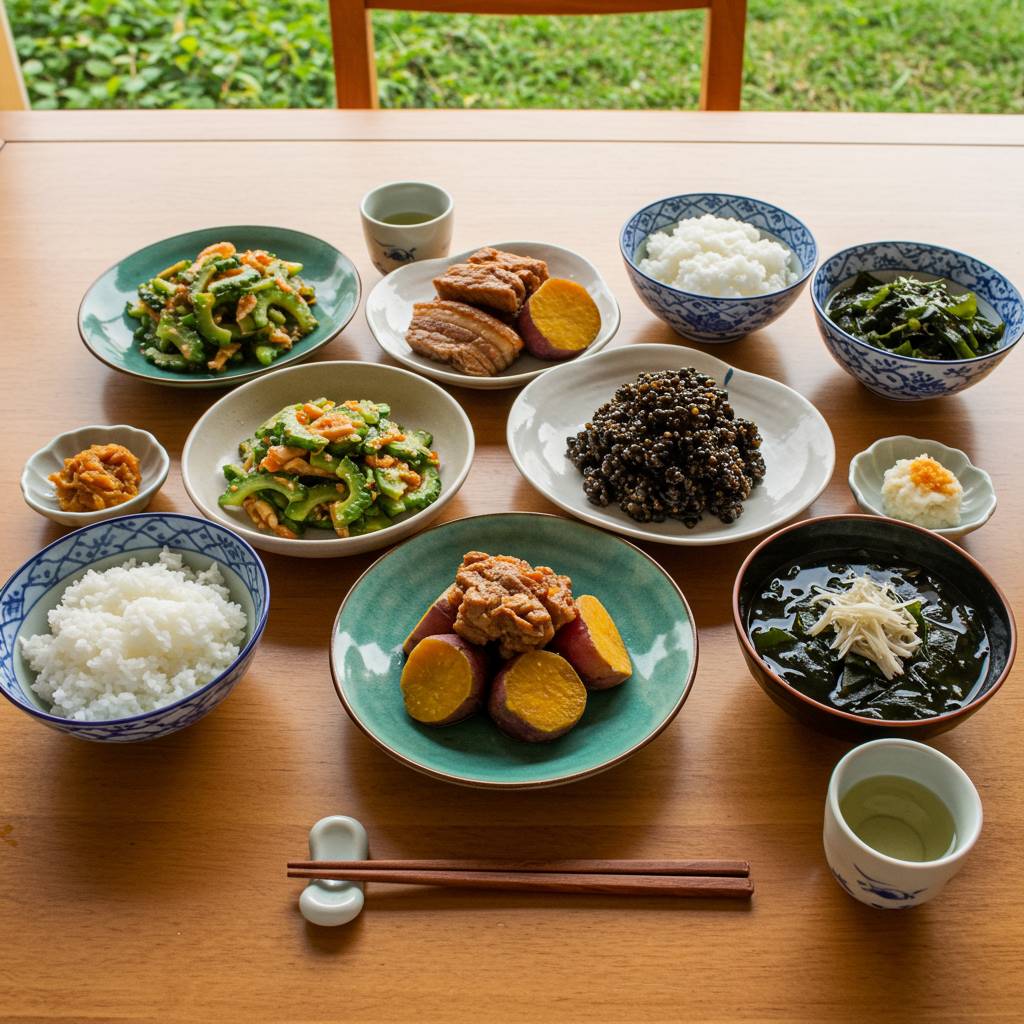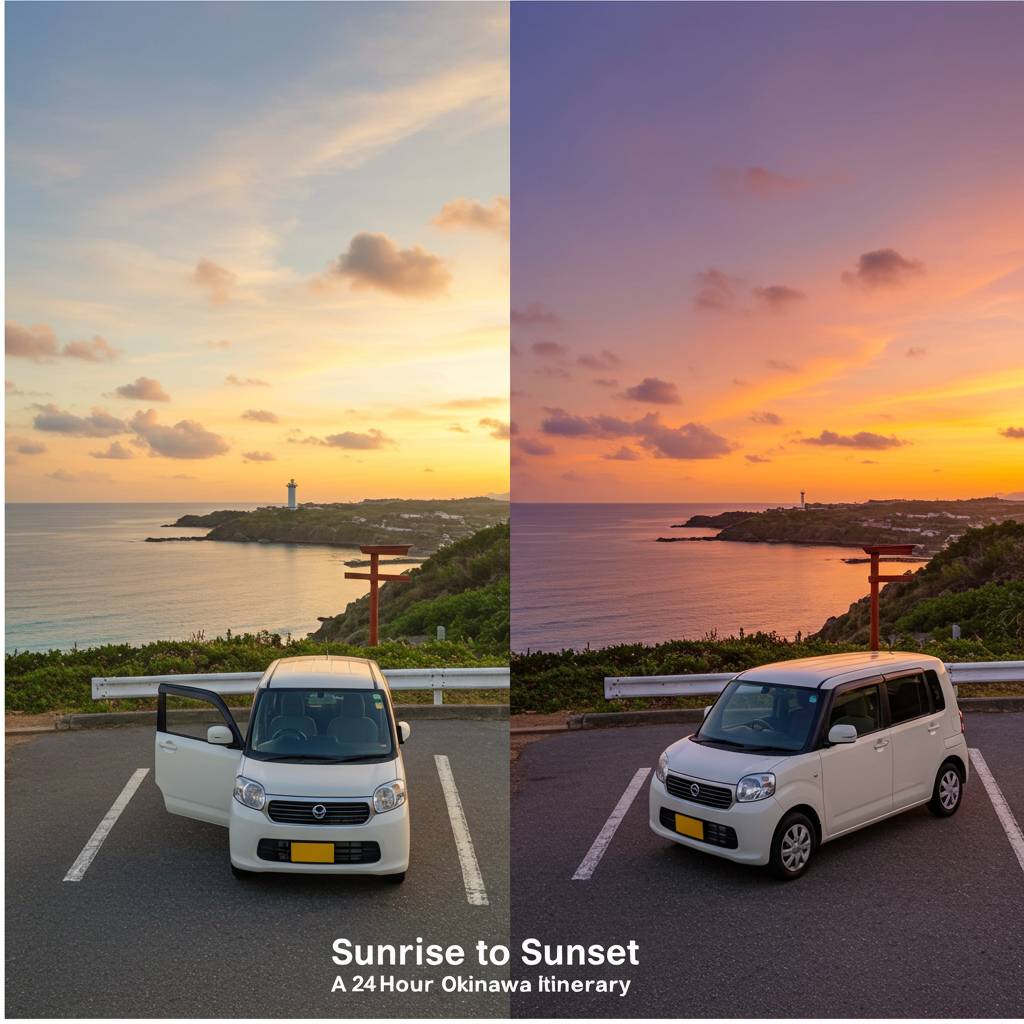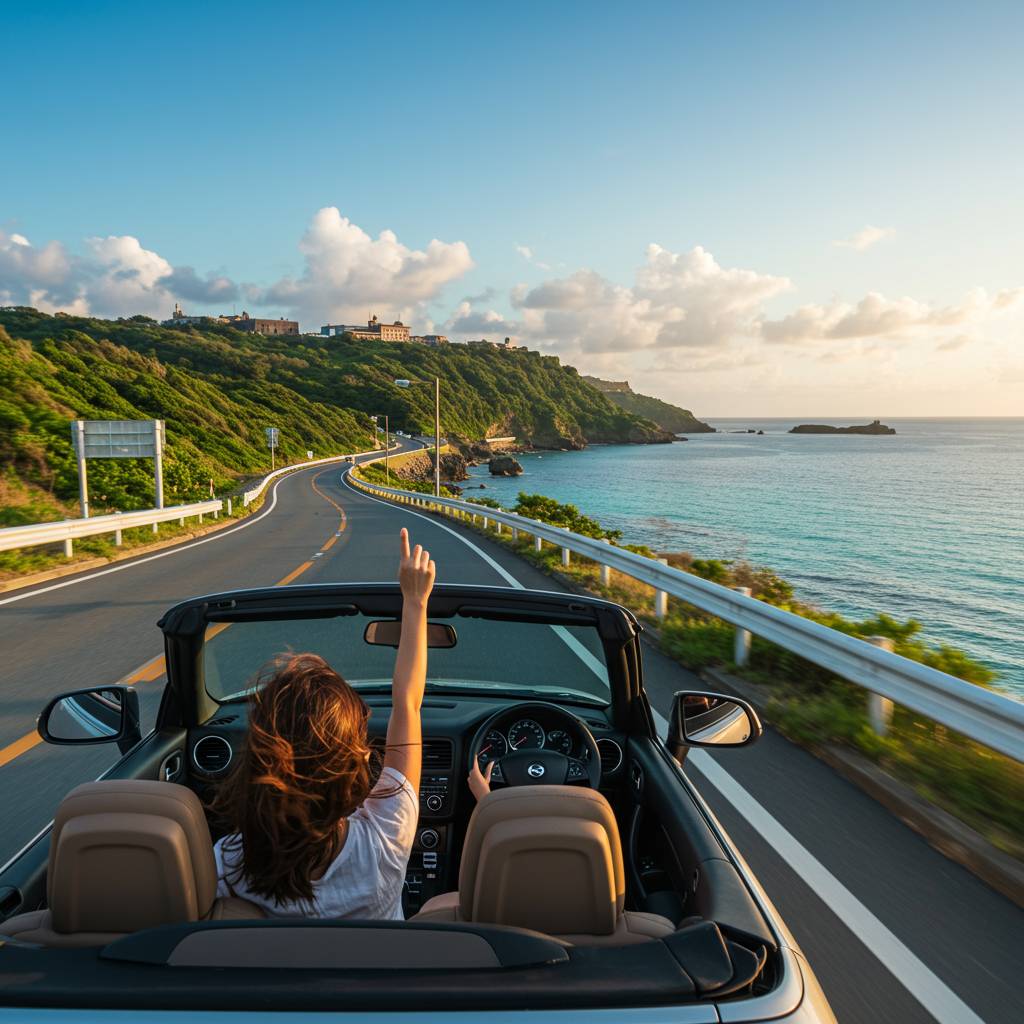Are you planning a trip to Okinawa but worried about the unpredictable weather? Don’t let rain clouds dampen your vacation spirit! While Okinawa is renowned for its stunning beaches and outdoor activities, this tropical paradise offers an impressive array of indoor attractions that are perfect for those unexpected rainy days. The best part? Most of these hidden gems are easily accessible by car, making your island adventure stress-free regardless of the forecast.
Whether you’re visiting during the notorious rainy season or simply encountered an unexpected shower, having a backup plan is essential for maximizing your Okinawan experience. From world-class aquariums and fascinating museums to traditional craft villages and spectacular underground caves, this guide will reveal the perfect indoor escapes that will keep you dry while still immersing yourself in Okinawa’s rich culture and natural beauty.
Pack your camera, start your engine, and get ready to discover a different side of Okinawa that many travelers miss. These rain-proof destinations might just become the highlight of your trip!
1. Okinawa’s Top 10 Indoor Attractions: The Ultimate Rainy Day Escape Guide for Drivers
When tropical showers interrupt your beach plans in Okinawa, there’s no need to stay confined to your hotel room. The island offers numerous indoor attractions easily accessible by car, perfect for those unexpected rainy days. Here’s our comprehensive guide to Okinawa’s top 10 indoor destinations that will keep your vacation exciting regardless of the weather.
Okinawa Churaumi Aquarium in Motobu stands as the crown jewel of indoor attractions. Home to massive whale sharks and manta rays swimming in the breathtaking Kuroshio Tank, this world-class aquarium offers hours of marine wonder. The spacious parking area makes it convenient for drivers, and the connected Ocean Expo Park provides additional covered exhibits when rain persists.
For culture enthusiasts, Okinawa Prefectural Museum & Art Museum in Naha presents a fascinating journey through the island’s unique history and contemporary art scene. The museum’s comprehensive exhibits on Ryukyuan culture provide deep insights into Okinawa’s heritage distinct from mainland Japan.
Shopping enthusiasts shouldn’t miss AEON Mall Okinawa Rycom in Kitanakagusuku. As one of Japan’s largest shopping centers, it features over 200 stores, multiple restaurants, and entertainment options including a movie theater showing films in English with Japanese subtitles. The enormous free parking facility makes this an ideal rainy day destination.
History buffs will appreciate the Underground Former Japanese Navy Headquarters near Tomigusuku. This sobering war memorial provides a glimpse into Okinawa’s WWII history, with tunnels and chambers that served as the final command post during the Battle of Okinawa.
For a unique cultural experience, visit Kouri Ocean Tower on Kouri Island. While the observation deck might be less appealing in rain, the indoor exhibits, restaurants, and gift shops offer plenty to explore. The drive across Kouri Bridge alone provides spectacular ocean views even on overcast days.
Families with children should head to Okinawa Children’s World in Okinawa City. This interactive museum features hands-on exhibits, a planetarium, and indoor play areas that will keep young ones entertained while staying dry.
Cave enthusiasts will marvel at Gyokusendo Cave in the Okinawa World theme park. This 890-meter limestone cave trail showcases stunning stalactites and stalagmites in a comfortable 21°C environment year-round, regardless of outside weather conditions.
For traditional craft appreciation, Ryukyu Glass Village in Itoman offers fascinating demonstrations of glassblowing techniques. Visitors can even try their hand at creating their own glass souvenirs in workshops—a perfect indoor activity that connects you with local artisanal traditions.
The Orion Happy Park in Nago provides an entertaining brewery tour where visitors can learn about Okinawa’s famous beer production process. The tour concludes with a tasting session of fresh Orion beer, making rainy weather almost welcome.
Finally, Naha’s Kokusai Street Shopping District offers covered shopping arcades where you can explore local boutiques, souvenir shops, and restaurants without worrying about the rain. Nearby public parking facilities make this accessible for drivers exploring the capital city.
Remember to check operating hours before heading out, as some attractions may have seasonal schedules. With this guide, rainy days in Okinawa transform from disappointments into opportunities to discover the island’s indoor treasures.
2. Discover Okinawa’s Hidden Indoor Gems: A Complete Road Trip Itinerary for Rainy Season
When tropical showers drench Okinawa’s stunning beaches, savvy travelers know that some of the island’s most fascinating attractions await indoors. With a rental car and this carefully crafted itinerary, you can explore Okinawa’s cultural treasures while staying perfectly dry.
Start your journey at the Okinawa Prefectural Museum in Naha, where you’ll dive deep into the island’s unique history and culture. The museum’s comprehensive exhibits span from ancient Ryukyu Kingdom artifacts to modern-day Okinawan life. Allow at least two hours here before heading to your next destination.
Just a 15-minute drive north, the Haebaru Traditional Crafts Center offers interactive experiences with local artisans. Try your hand at bingata fabric dyeing or pottery making—perfect activities while waiting for the rain to subside.
For lunch, drive to Makishi Public Market’s second floor food court, where you can select fresh seafood downstairs and have it prepared on the spot. The market’s covered walkways ensure you won’t get wet while exploring the various food stalls.
Afterward, head to the Okinawa World theme park in Nanjo City, about 30 minutes by car from Naha. The massive Gyokusendo Cave, one of Japan’s largest limestone caves, provides a naturally sheltered environment with spectacular stalactite and stalagmite formations. Within the same complex, don’t miss the Kingdom Village showcasing traditional Ryukyuan houses and craft demonstrations.
As the afternoon progresses, drive north to visit the Oceanic Culture Museum in Motobu, which houses fascinating exhibits on Pacific maritime traditions. Nearby, the Churaumi Aquarium offers an unforgettable indoor experience with its massive whale sharks and manta rays.
Complete your rainy day road trip at Ryukyumura, a cultural theme park recreating an ancient Okinawan village. Time your visit for the evening performance of traditional dance and music—a perfect conclusion to your indoor exploration.
This itinerary forms a convenient loop, allowing you to return to Naha or continue to accommodations elsewhere on the island. Most attractions offer parking facilities, though rates vary between 300-500 yen per visit. Keep small change handy and remember that navigation apps like Google Maps work reliably throughout Okinawa’s main island.
By following this indoor-focused itinerary, you’ll discover that Okinawa’s rainy season offers unique opportunities to connect with the island’s rich cultural heritage while staying comfortably dry.
3. Drive & Explore: Okinawa’s Most Instagram-Worthy Indoor Attractions When Rain Spoils Your Beach Plans
The tropical paradise of Okinawa occasionally greets visitors with unexpected rain showers, leaving beach plans washed away. But fear not—the island offers spectacular indoor attractions that are not only perfect shelters from the rain but also incredible backdrops for your social media feed. With a rental car, these Instagram-worthy spots become easily accessible regardless of weather conditions.
Okinawa Churaumi Aquarium stands as the crown jewel of rainy day destinations. Home to whale sharks and manta rays swimming in the massive Kuroshio Tank, this aquarium provides countless photo opportunities with its blue-hued backdrop. The magnificent underwater tunnel creates silhouette shots that consistently trend on social media platforms.
For culture enthusiasts, Ryukyu Glass Village in Itoman City offers vibrant, colorful backgrounds for your Instagram stories. Watch artisans craft traditional glass pieces and try glass-blowing yourself—creating both memories and content. The kaleidoscope of colored glass catches light beautifully even on cloudy days.
Okinawa World, with its massive Gyokusendo Cave system, provides mysterious, otherworldly settings for photographs. The limestone formations illuminated with strategic lighting create dramatic shadows and highlights that photography enthusiasts adore. The traditional Ryukyu village section features authentic architecture perfect for cultural content.
DMM Kariyushi Aquarium in American Village combines modern technology with marine life. Their digital art installations featuring sea creatures create immersive, interactive experiences that practically beg to be photographed and shared. The jellyfish exhibit with changing colored lights particularly stands out for dramatic posts.
For something uniquely Okinawan, the Awamori Distilleries like Zuisen or Kamimura offer tours showcasing traditional alcohol production. The aged wooden barrels and traditional ceramic pots make rustic, authentic backdrops while providing cultural insights—perfect for lifestyle content creators.
Food enthusiasts shouldn’t miss Onna Station, an indoor market where you can sample and photograph local specialties. The vibrant displays of tropical fruits, fresh seafood, and traditional Okinawan sweets provide colorful content while keeping you dry.
Remember to respect photography policies at each location, and always ask permission when photographing staff or other visitors. With your car waiting outside, you can easily hop between these attractions, transforming a rainy day disappointment into an Instagram content creation journey across Okinawa’s most photogenic indoor spots.
For rental car reservations in Okinawa, visit “RENT A CAR HIROBA”
Make the best memories of your trip at the rental car plaza!
Click here to reserve a rental car ↓
・Cheap rental cars in Okinawa are at the lowest price starting from 1,500 yen. Rent-a-car Hiroba is recommended for reservations and comparisons.
https://rentacar-hiroba.com/

